 BrixXHUB Ultra: Laser Light Engine
BrixXHUB Ultra: Laser Light Engine
Omicron-Laserage Laserprodukte GmbH
Introducing the BrixXHUB Ultra by Omicron-Laser, a highly integrated plug & play system ideal for widefield laser illumination. With up to 6 lasers and 6 modulation inputs, it offers unparalleled flexibility. Equipped with safety features, accessories, and seamless integration, it ensures optimal performance and adaptability. See it at Booth 41, FOM Genoa.
|
|
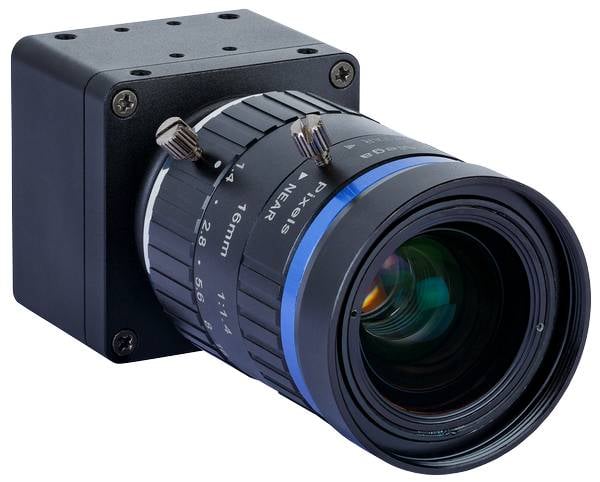 See3CAM_50CUG: High-Sensitivity Medical Camera for Noiseless Imaging
See3CAM_50CUG: High-Sensitivity Medical Camera for Noiseless Imaging
e-con Systems Inc.
See3CAM_50CUG: A 5MP global shutter USB camera with a large sensor size of 2/3” with a pixel size of 3.45 µm, high Signal-to-Noise Ratio (SNR), good dynamic range, global shutter efficiency, NIR Performance, long and short exposure making it a perfect fit for medical and life science applications.
|
|
|
|
| |
 Ultra-Precision Microscopy Demo
Ultra-Precision Microscopy Demo
Zaber Technologies Inc.
Get fast, repeatable, and reproducible scan results. With 500-nm repeatability, the X-ADR-AE microscope stage consistently returns to your exact target location, while 750 mm/s top speed offers unmatched throughput. Watch a demo of the X-ADR-AE approaching a target repeatedly at 100× magnification.
|
|
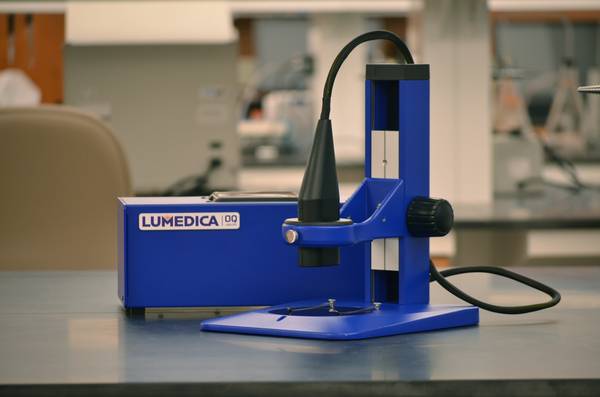 OQ LabScope 3.0 with 3D Rendering
OQ LabScope 3.0 with 3D Rendering
Lumedica Inc.
The OQ LabScope 3.0 is a bench-top spectral domain OCT imaging system built for biomedical research and industrial inspection. Systems start at $11,995. Acquisition and visualization software is included. Lumedica OCT systems are available at a variety of imaging rates and resolutions to meet your imaging requirements.
|
|
|
|
| |
 OEM Microscopy Components
OEM Microscopy Components
Evident
Olympus Scientific Solutions is now Evident, but our commitment to manufacturing high-quality microscopy components and optics is unchanged. Evident OEM components seamlessly integrate into large systems to provide the exceptional optical quality you need to deliver a high-quality final product.
|
|
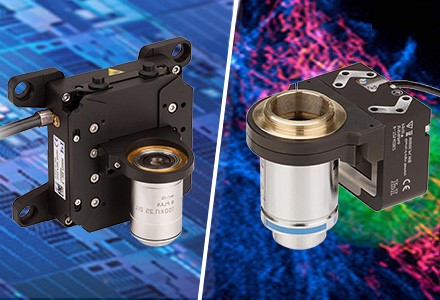 Fastest Nano-Focus Stages
Fastest Nano-Focus Stages
PI (Physik Instrumente) LP, Motion Control, Air Bearings, Piezo Mechanics
From Genome Sequencing to Super Resolution Microscopy – nanometer precise motion control is essential for success. When throughput is critical, speed is king. PI provides the fastest nano-focusing stages – both piezo- and voice-coil driven, maintenance-free, ideal for fast focusing and autofocusing tasks.
|
|
|
|
| |
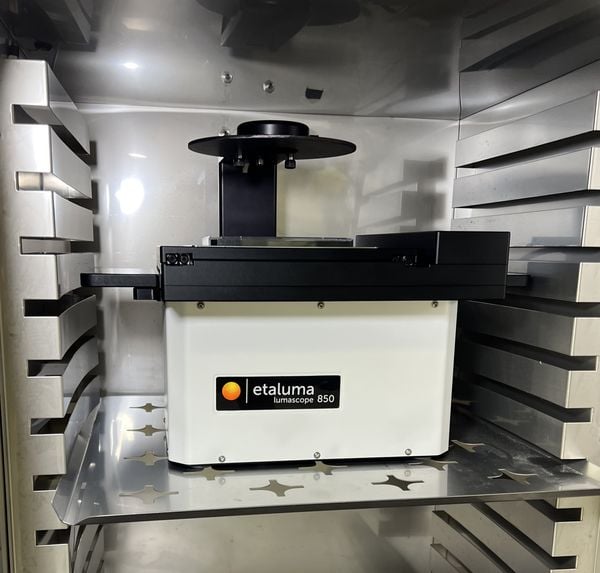 LS850 Fully Automated Microscope
LS850 Fully Automated Microscope
Etaluma Inc.
The LS850 Microscope is the latest generation of our fully automated three-channel flagship model and offers the latest advances in optics, cameras, throughput, and user flexibility delivering image quality, motion speed, illumination, and software flexibility.
|
|
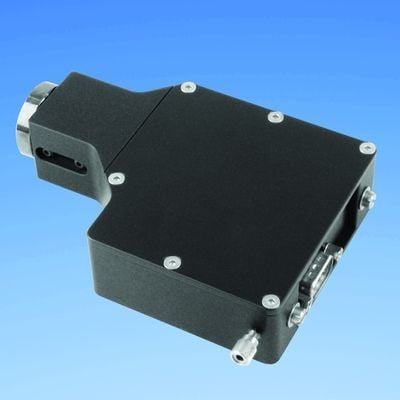 CRISP Autofocus System
CRISP Autofocus System
Applied Scientific Instrumentation Inc.
The Continuous Reflection Interface Sampling and Positioning system (CRISP) is designed to maintain focus over time. It substantially eliminates focus drift in high-power microscopy applications by sensing minute changes between the objective lens and the sample’s cover slip.
|
|
|
|
| |
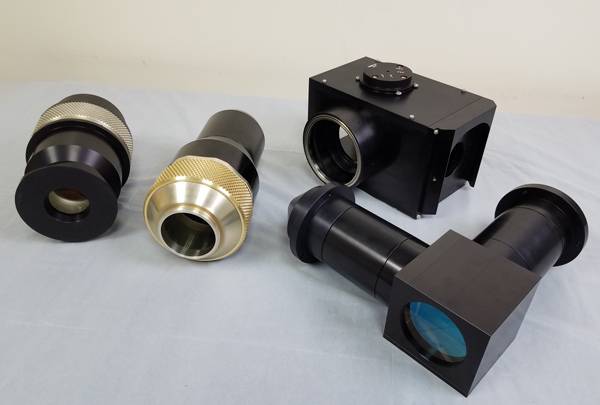 Custom Optical Assemblies
Custom Optical Assemblies
Rocky Mountain Instrument Co. (RMI)
Custom optical assemblies for your life science applications including microscopy, spectroscopy, and biotech imaging. Proven technologies in fast prototyping, design consultation, and vertically integrated manufacturing.
|
|
 The 2024 Photonics Buyers’ Guide
The 2024 Photonics Buyers’ Guide
Photonics Media
The 2024 edition is now available! It lists over 4000 companies under 1600 product categories and includes 30 articles from the Photonics Handbook. Use coupon code HP24 for a special offer!
|
|
|
|
| |
|